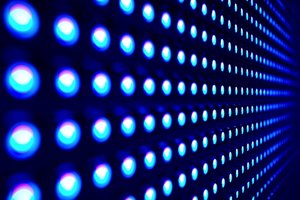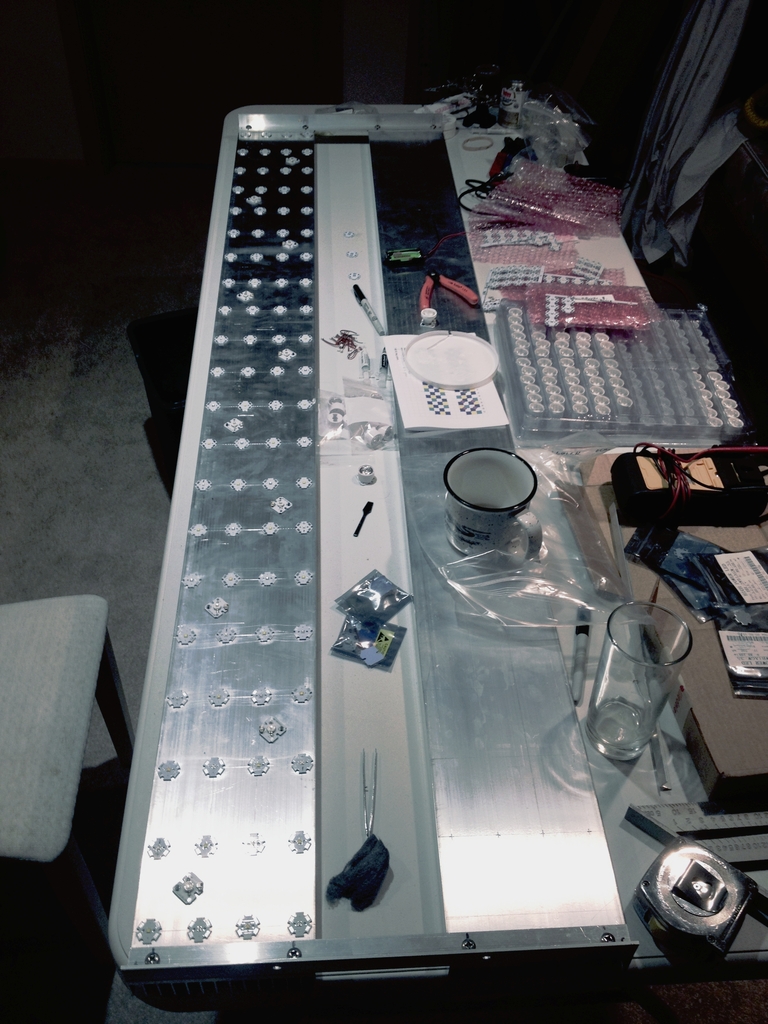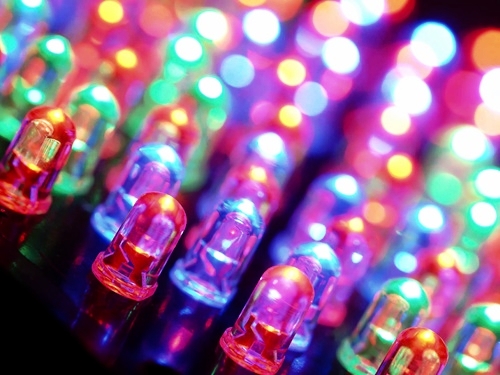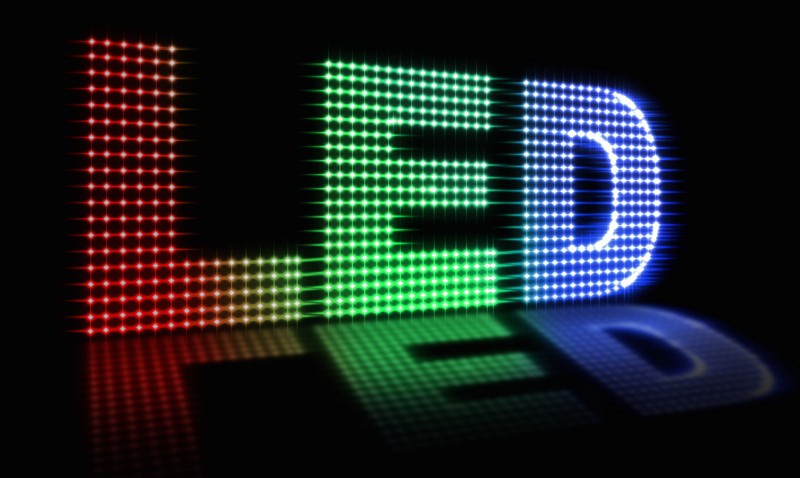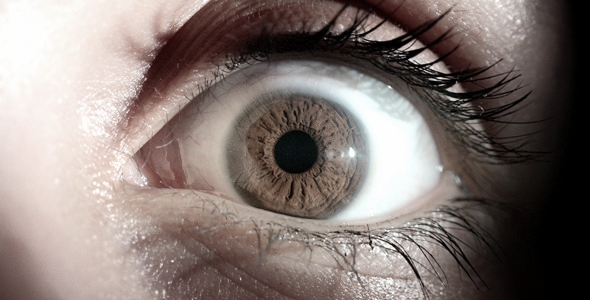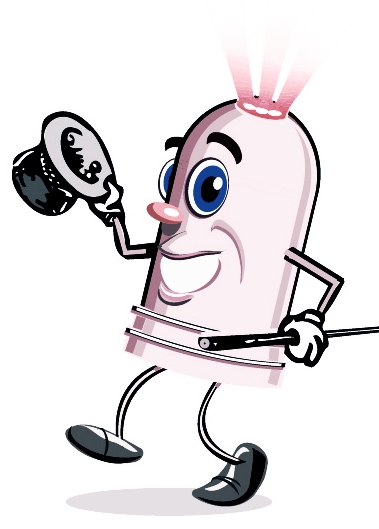He said he runs them at 80-100% but at 18-24" above the water. You even point this out. But then you go on to say don't try this at home, referring to the 80-100% but at normal height. But you're the one who made that statement of 80-100% at normal height so I'm not sure why you're blaming it on Adam. 
Also I don't know of any LED that doesn't have UV and blues, usually in abundance. So regardless of fiddling, you will be providing the necessary spectrum for growth. I think that's his entire point.
Also I don't know of any LED that doesn't have UV and blues, usually in abundance. So regardless of fiddling, you will be providing the necessary spectrum for growth. I think that's his entire point.
There is actually scientific research that specifies which spectrum corals will thrive at, so to say "it doesn't matter" is patently false. The Zooxanthellae that provide the energy for Corals need light in the violet and blue wavelengths. BRS has a few youtube videos on lighting that explains all of this in detail and the spectrum put out by the ATI blue plus bulb closes matches what corals crave. Not to say that is the only thing that doess, but come on, there is plenty of science out there to just completely pretend it doesn't exist is not great for the hobby. Honestly, it's kind of irresponsible considering people look to you for advice.
If your point is that people shouldn't get hung up on having the intensity and color settings perfect, well you're wrong there too. Anyone who has an LED that allows them to adjust intensity and spectrum should absolutely make an effort to have sufficient intensity for their corals to thrive AND the spectrum that is both pleasing to eyes and keeps the corals happy and growing. A responsible thing would be to recommend people borrow a Par meter from their local reef club or LFS and tune their LED to the known recommended Par values for the corals they want to keep. All of that information exists. It's really not a mystery. Lastly, for a hobbyist, it is not practical keeping their lights so high above the tank. Way too much light spill into the room. Anyone who tries to run their Radion Pros or whatevers LED at 80-100% intensity at a normal height will just straight up fry their corals so that whole thing needs a "kids don't try this at home" disclaimer too.
https://www.ncbi.nlm.nih.gov/pmc/articles/PMC3962463/
http://www.advancedaquarist.com/2012/10/aafeature


